Synopsis
Knowles and McCork ask why the dinosaurs became extinct.
- Programme: Brain Freeze
- Series: 1
- Episode: 12: Dinosaurs
- Channel: CBBC
- Broadcast year: 2014
- Science | Evolution and inheritance | Recognise that living things have changed over time and fossils provide information about life on Earth
Licence: ERA Licence required
UK only
Staff and students of licensed education establishments only
Cannot be adapted
Add Notes
More clips from Brain Freeze
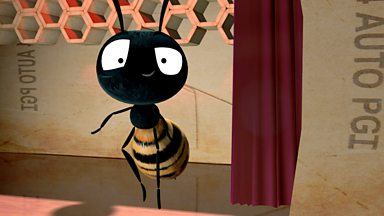
S1E1: Bee Sting | Brain Freeze
S1E1: Bee Sting | Brain Freeze
Knowles and McCork ask if it is true that a bee dies after it stings.
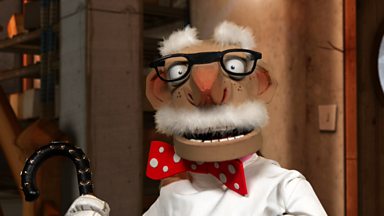
S1E10: Voice Recording | Brain Freeze
S1E10: Voice Recording | Brain Freeze
Knowles and McCork ask, why does my voice sound different recorded?
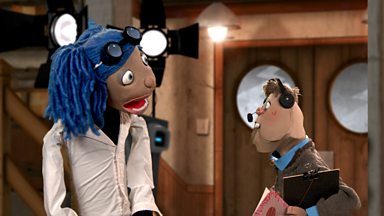
S1E11: Love | Brain Freeze
S1E11: Love | Brain Freeze
Knowles and McCork ask, what happens when we fall in love?
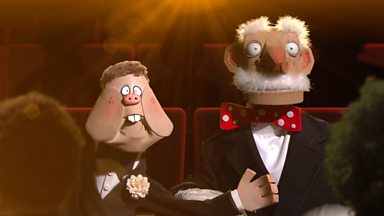
S1E13: The Sun | Brain Freeze
S1E13: The Sun | Brain Freeze
Knowles and McCork ask, when will the sun stop shining?
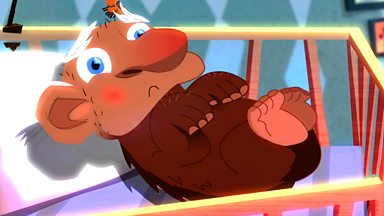
S1E2: Haircut | Brain Freeze
S1E2: Haircut | Brain Freeze
Knowles and McCork ask why a haircut doesn't hurt.
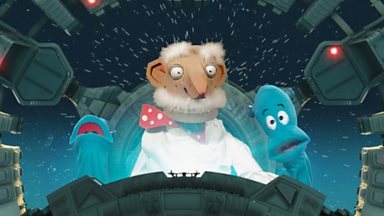
S1E3: Aliens | Brain Freeze
S1E3: Aliens | Brain Freeze
Knowles and McCork ask if aliens exist.
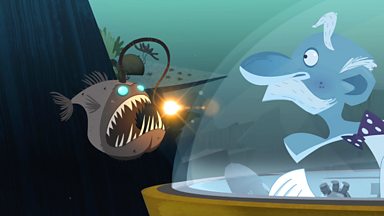
S1E4: Deep Ocean | Brain Freeze
S1E4: Deep Ocean | Brain Freeze
Knowles and McCork ask, what is the deepest part of the ocean?
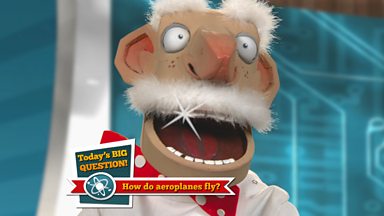
S1E5: Aeroplanes | Brain Freeze
S1E5: Aeroplanes | Brain Freeze
Knowles and McCork ask, how do aeroplanes fly?
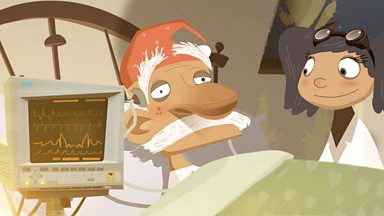
S1E6: Dreaming | Brain Freeze
S1E6: Dreaming | Brain Freeze
Knowles and McCork ask, why do we dream?
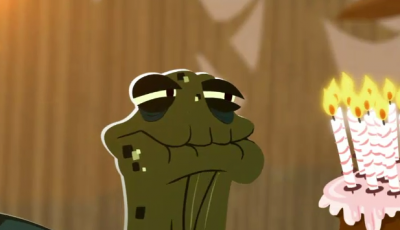
S1E7: Oldest Living Thing | Brain Freeze
S1E7: Oldest Living Thing | Brain Freeze
Knowles and McCork ask, what is the oldest living thing?
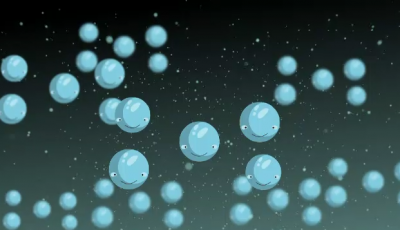
S1E8: Clouds | Brain Freeze
S1E8: Clouds | Brain Freeze
Knowles and McCork ask, where do clouds come from?

S1E9: AI | Brain Freeze
S1E9: AI | Brain Freeze
Knowles and McCork ask, can computers think?
More resources about Evolution and Inheritence
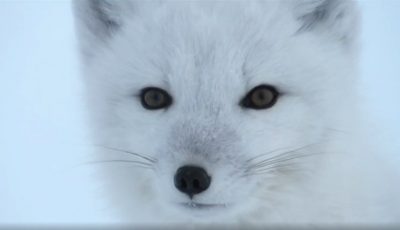
Adaptation of the Arctic Fox | Life In The Snow
Adaptation of the Arctic Fox | Life In The Snow
An exploration of how the artic fox's coat has adapted to survival in arctic winters.
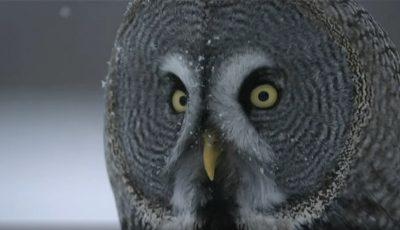
Adaptation of the Owl | Life In The Snow
Adaptation of the Owl | Life In The Snow
An exploration of how the great grey owl has adapted to catching it's prey.
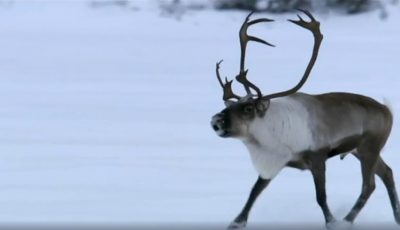
Adaptation of the Reindeer | Life In The Snow
Adaptation of the Reindeer | Life In The Snow
An exploration of how reindeer have adapted to living in freezing climates.
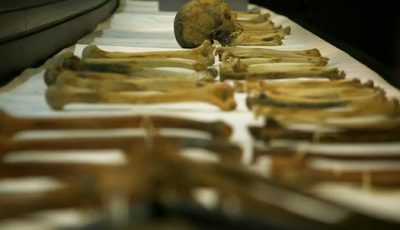
Bone evolution | Secrets of Bones
Bone evolution | Secrets of Bones
Large land mammals bone structures are perfectly adapted to help them to survive.
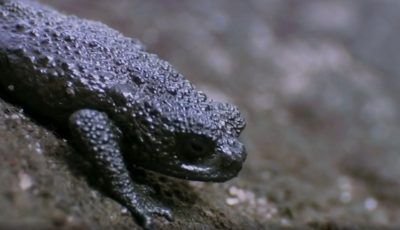
Bouncing toads | Life
Bouncing toads | Life
A toad deploys its defence mechanism in order to evade a toad eating tarantula.
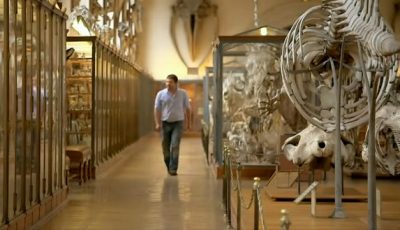
Canopy dweller | Secrets of Bones
Canopy dweller | Secrets of Bones
Gibbons are the acrobats of the primate world, perfectly adapted to life in the trees.
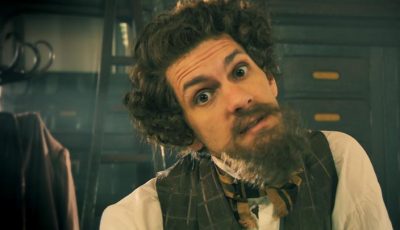
Charles Dickens - Miserable (Song) | Horrible Histories
Charles Dickens - Miserable (Song) | Horrible Histories
Charles Dickens on life, novels and inspiration from his experiences in the Victorian Era.

Darwin's Natural Selection (Song) | Horrible Histories
Darwin's Natural Selection (Song) | Horrible Histories
Charles Darwin explains his theory of evolution via song, oh, and there's a dancing gorilla!
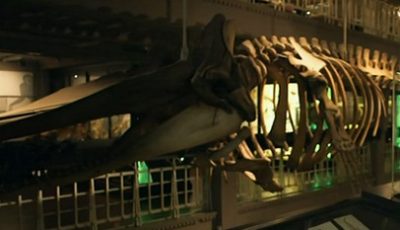
Echolocation | Secrets of Bones
Echolocation | Secrets of Bones
Sperm whales have extraordinary sensory capabilities, and use echolocation to hunt and locate their prey.
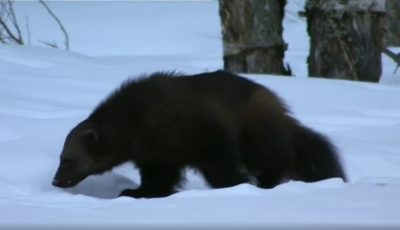
Finding Food in the snow | Life In The Snow
Finding Food in the snow | Life In The Snow
How wolverines have adapted to finding and eating food in the snow.
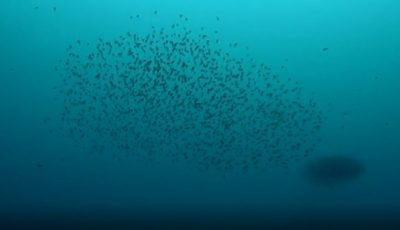
Over land and sea | Penguins: Meet the Family
Over land and sea | Penguins: Meet the Family
Penguins are adapted to survive and thrive both in the sea and on land.
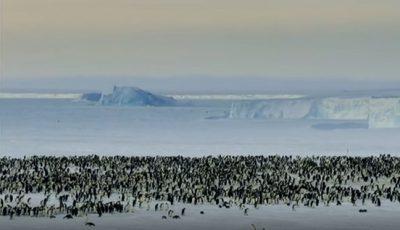
Penguin chicks | Penguins: Meet the Family
Penguin chicks | Penguins: Meet the Family
Penguin chicks are extraordinarily adapted to survive in harsh environments.
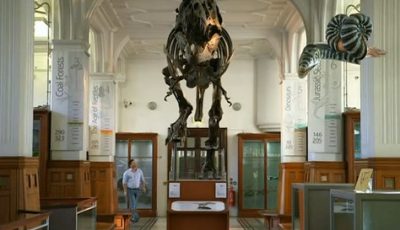
Pentadactyl limb | Secrets of Bones
Pentadactyl limb | Secrets of Bones
The pentadactyl limb adaptation, first seen over 300 million years ago, has helped a variety of animals to fly, from dinosaurs to bats.
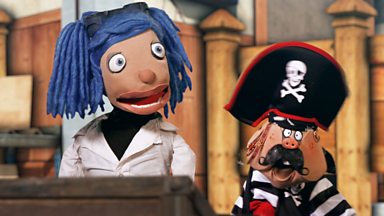
S3E9: Ancestors | Brain Freeze
S3E9: Ancestors | Brain Freeze
Dr Knowles and Professor McCork ask the question 'Are we all related?'
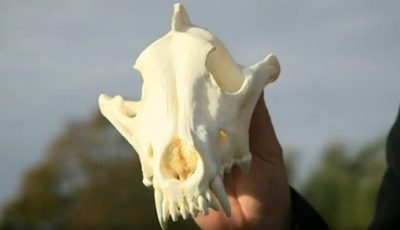
Sensory Hub | Secrets of Bones
Sensory Hub | Secrets of Bones
While skulls evolved in order to protect the brain, they've since adapted to become a sensory hub.
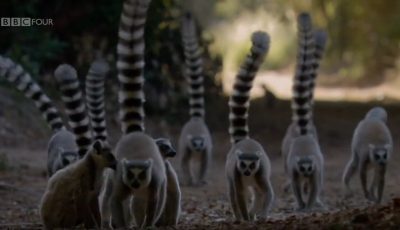
Smelly lemurs | Life
Smelly lemurs | Life
Smell is of particular importance to the primates of Madagascar: the lemurs.
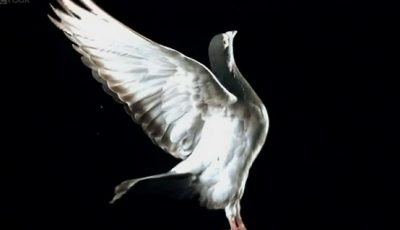
Soar and glide | Secrets of Bones
Soar and glide | Secrets of Bones
While pigeons have adapted to be all rounders, other birds have adapted to be able to execute specialised forms of flight.
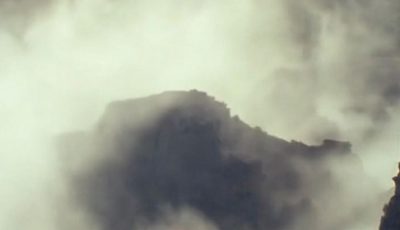
The Beginning of Life | Life on Earth
The Beginning of Life | Life on Earth
David Attenborough explains the origins of life on earth, starting over three and a half thousand million years ago.
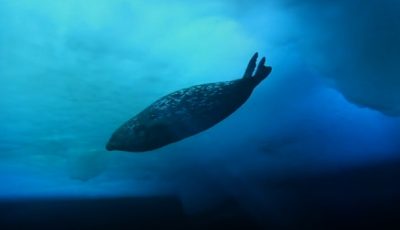
The Weddell seal's adaptations | Life
The Weddell seal's adaptations | Life
The Weddell seal is perfectly adapted to survive in the environment it must endure.
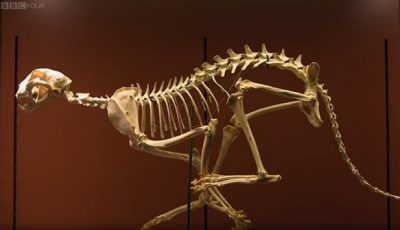
Vertebrae evolution | Secrets of Bones
Vertebrae evolution | Secrets of Bones
Snakes, cheetahs and gazelles each have specially adapted vertebrae that help them to survive.
